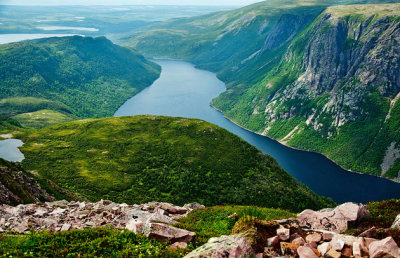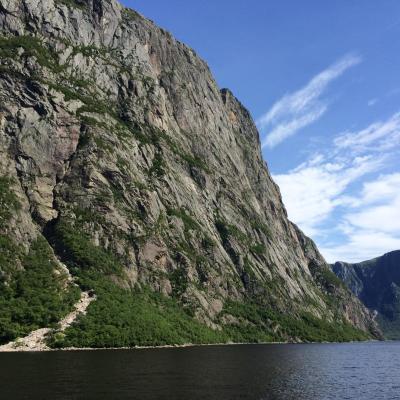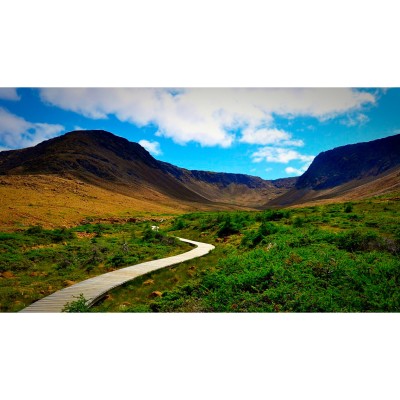It took Mother Nature 485,000,000 years to mold Gros Morne National Park into the geological and visual wonder we know today. The second largest National Park in eastern Canada, Gros Morne National Park is a UNESCO World Heritage Site stretching across 1,805 square kilometres of western Newfoundland as part of the towering Long Range Mountains.
Encircled by tiny seaside communities, and encompassing forests, freshwater fjords, bogs, barren lowlands, moose, and striking cliffs and shorelines, this area is also world-renowned for its complex geology. It was here that geologists proved the theory of plate tectonics. The Tablelands, a mountain of flat-topped rock of a kind usually found only deep in the earth’s mantle, is a truly awe-inspiring sight.
http://www.pc.gc.ca/pn-np/nl/grosmorne/index.aspx
Earn 10 points!
Photo: (source: Tango7174) Permission is granted to copy, distribute and/or modify this document under the terms of the GNU Free Documentation License.
















